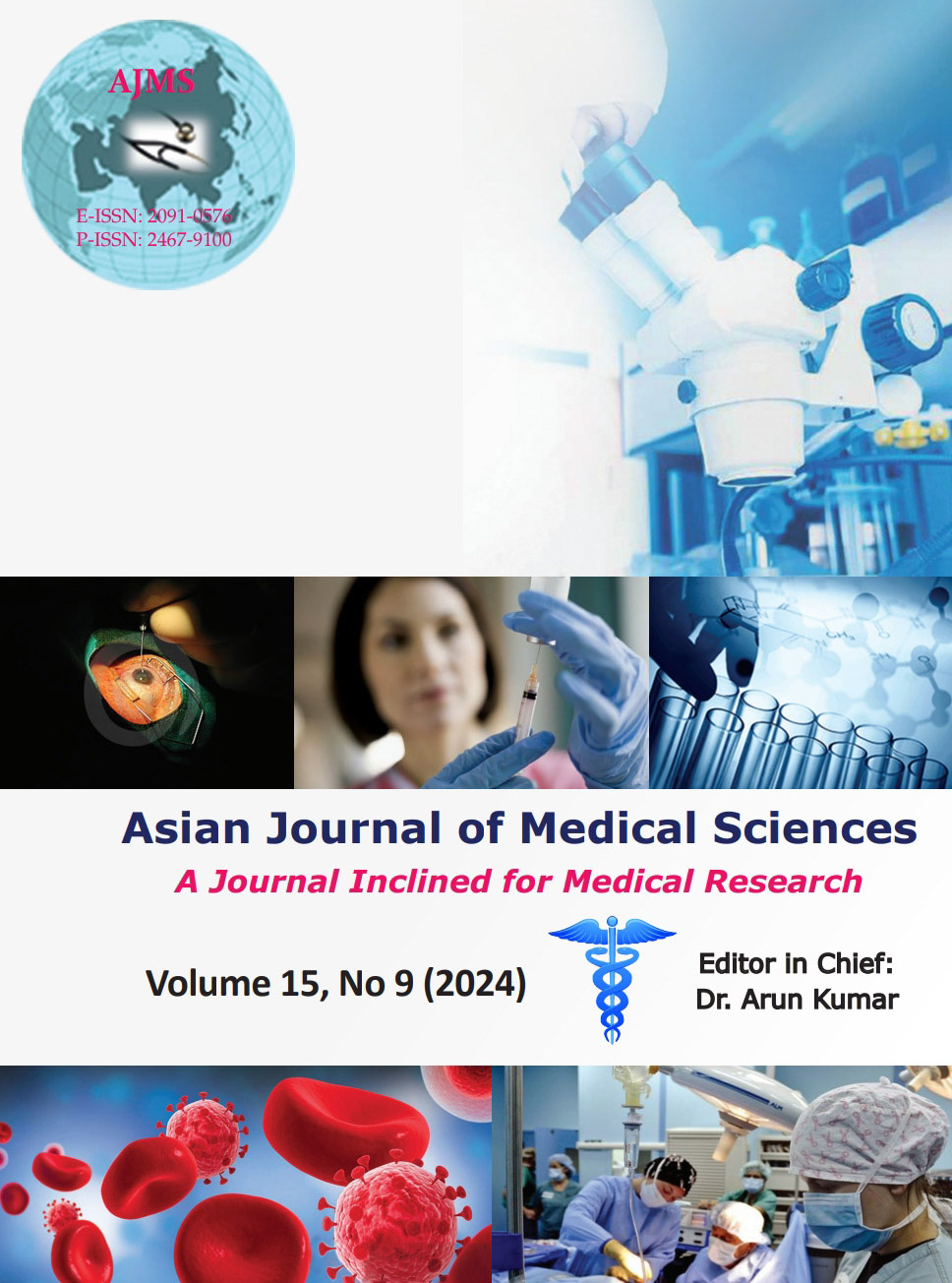A study of diabetic retinopathy in diabetic foot syndrome in Western Regional Institute of India
Keywords:
Diabetic foot syndrome; Diabetes; Diabetic retinopathy; Retinopathy; Western IndiaAbstract
Background: Diabetes is a rapidly growing health challenge and potential epidemic across low-and-middle-income countries like India. Diabetic retinopathy (DR) is a consequence of diabetic microangiopathy, which may cause visual deterioration due to macular edema in any stage and vitreous hemorrhage or tractional retinal detachment in the advanced proliferative retinopathy stages.
Aims and Objectives: The aim was to study the retinopathy status in diabetic patients with a risk of diabetic foot syndrome (DFS) visiting a western regional hospital in India.
Materials and Methods: In this cross-sectional study, all patients with diabetes mellitus (DM) with a risk of DFS, visiting a tertiary care hospital during the study period, underwent an ophthalmological evaluation for documentation of their retinopathy status.
Results: One hundred and fourteen patients diagnosed to have a risk profile for DFS were included in the study. Their mean age was 61.22 years and 81.6% were males. The mean duration of DM was 12.24 years, respectively. Of the 114 patients, 72 had DR. An increased presence of retinopathy in patients with an increased risk grade of diabetic foot (DF) was found significant by the Chi‐square test. (P<0.001).
Conclusion: Our study found an increased presence of DR in Western Indian cohort with DFS. The severity of retinopathy was greater in patients with higher grades of risk for DF, therefore establishment of an association between DR and DFS will help in developing an integrated management strategy for these two grave consequences of diabetes.
Downloads
Downloads
Published
How to Cite
Issue
Section
License
Copyright (c) 2024 Asian Journal of Medical Sciences

This work is licensed under a Creative Commons Attribution-NonCommercial 4.0 International License.
Authors who publish with this journal agree to the following terms:
- The journal holds copyright and publishes the work under a Creative Commons CC-BY-NC license that permits use, distribution and reprduction in any medium, provided the original work is properly cited and is not used for commercial purposes. The journal should be recognised as the original publisher of this work.
- Authors are able to enter into separate, additional contractual arrangements for the non-exclusive distribution of the journal's published version of the work (e.g., post it to an institutional repository or publish it in a book), with an acknowledgement of its initial publication in this journal.
- Authors are permitted and encouraged to post their work online (e.g., in institutional repositories or on their website) prior to and during the submission process, as it can lead to productive exchanges, as well as earlier and greater citation of published work (See The Effect of Open Access).




